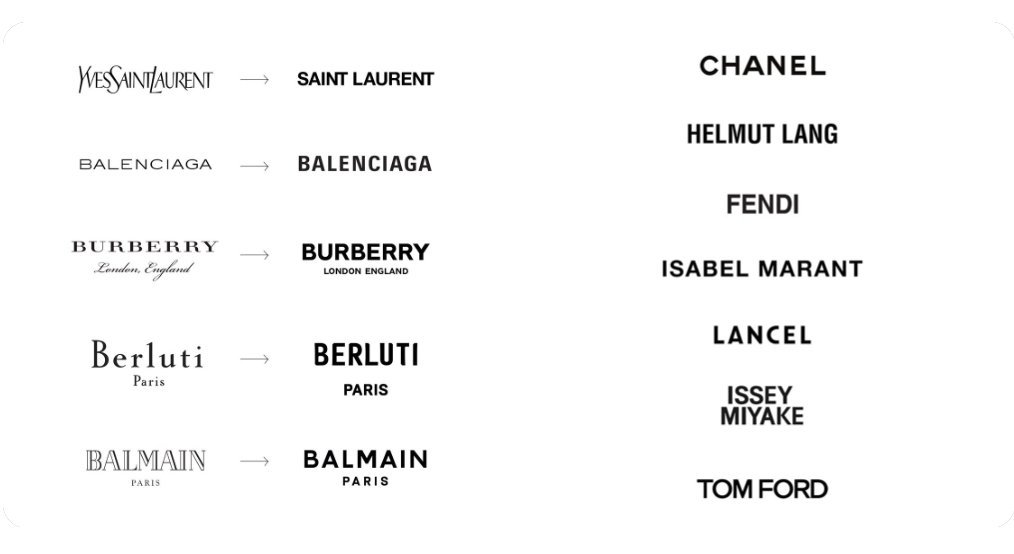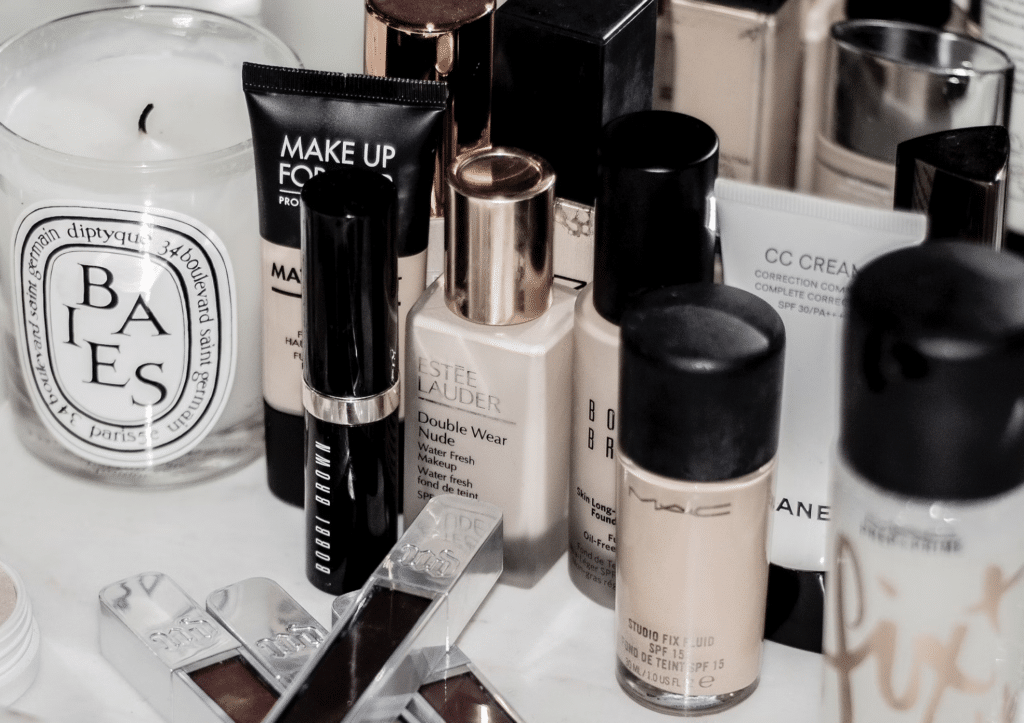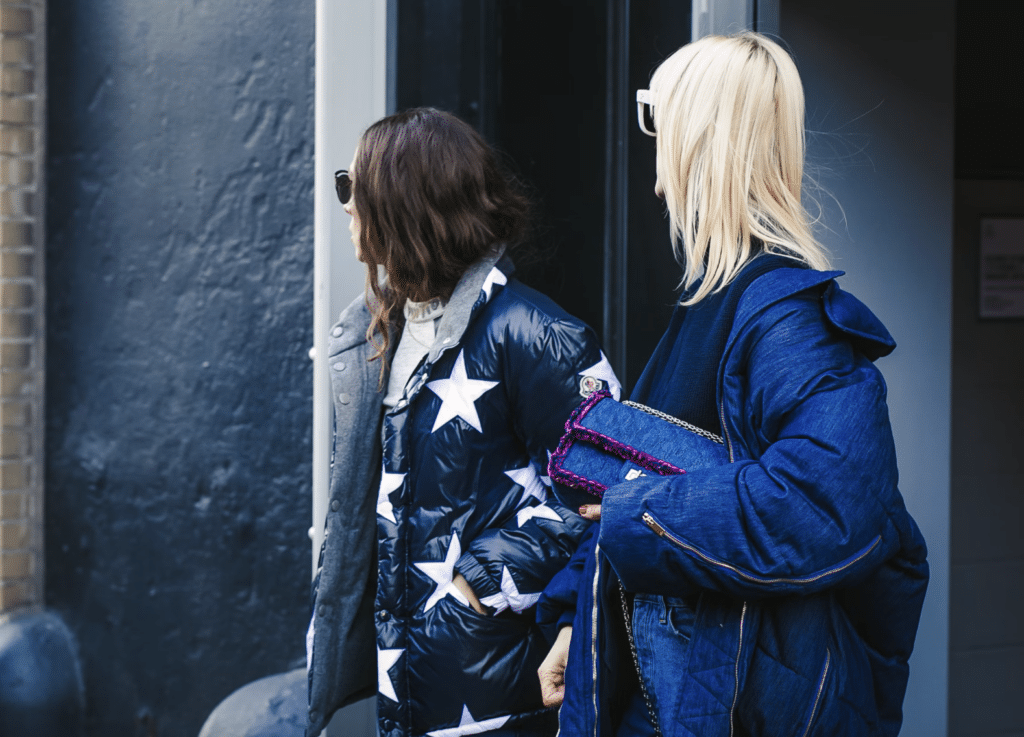When did simple or minimal branding become so desirable? Did it start with Coco Chanel’s distinctive No.5 perfume bottle in 1924? Was it an automatic response to the early-to-mid-2000’s logo-fatigue that followed from the corporatization and large-scale profit-seeking endeavors of the industry’s biggest names? Or was it more recently, when brands ranging from Balenciaga and Berluti to Saint Laurent and Rimowa shunned their formerly stylized wordmarks and logos for bland sans-serif alternatives?
The exact catalyst that has made minimal branding so desirable may be difficult to pin-point, but what is undeniable is the fact that a tribe of companies have taken to deliberately turning their backs on intricate branding, and with it, has come questions about their valuable intellectual property and the protectability of it.
While it is easy to assume that minimal branding does not warrant legal protection, companies should not confuse minimal with non-distinctive (and thus, unprotectable) branding. Minimal branding can, and should, be protected by trademark law, the body of law that governs the use of a device, such as a word, symbol, product shape, or logo, by one company to identify its goods and to distinguish those goods from those made or sold by another.
The current trend towards cleaner branding – or “blanding” as it has been coined – has found favor in the fashion industry, expanding beyond Saint Laurent – which famously (and somewhat controversially) adopted new, pared-back branding in 2012 under the watch of former creative director Hedi Slimane – to Burberry, Balmain, Margiela, DVF, and Jimmy Choo. More than that, it has also accelerated within the beauty sphere, particularly among new brands, such as The Ordinary, which built up a cult following and loyal customer base before going on to become a significant influencer in the sector.
Since so much of a company’s value is directly tied to the strength of its intellectual property, how is it that companies have managed to maintain or achieve brand recognition when so many of the branding elements are stripped back?
Well, minimal branding does not mean non-distinctive branding. Consider the logos of Chanel and Calvin Klein, for example. The companies’ branding is clean and streamlined, and it is replicated across the product lines (i.e., on beauty and fragrances, as well as on ready-to-wear and accessories) and across media channels, working on the assumption that repeated customer exposure creates recognition, which builds reputation, which generates sales.
Single letters, numbers, and isolated icons are all potentially capable of enjoying trademark protection. In other words, branding does not need to be complicated or compromised of lots of elements in order to meet the general registration requirements. In fact, trademark protection is so sweeping that it can extend to smells and color, as well as distinctive product packaging, making the ability to protect key branding and marketing elements wider than ever.
What about the companies that have gone even further and simplified or removed their packaging from the equation altogether? British cosmetics brand Lush, for example, says that it does not use any packaging on nearly 50 percent of its products. But where does it leave the company in terms of protecting the look and feel of the product? How do you effectively protect branding and packaging, which is so minimal or in some cases non-existent?
It is a difficult conundrum, but companies are finding ways. With some products, the company’s branding can be embossed directly onto the product. Some companies cleverly use color and/or patterns to communicate the branding message.
As for brands that truly are minimal in nature, even then, not all is lost. Oftentimes, these brands place increased importance on the marketing associated with their products and/or product ranges, to ensure that consumers are aware what company is behind the product. That is after all, the whole point of branding and trademarks – to convey information in order to easily enable repeat purchases.
Rosalyn Newsome is a trademark attorney and partner at Barker Brettell LLP. Edits courtesy of TFL













